I tore my ACL skiing – here’s what I learned
Just because it’s a common injury, doesn’t mean it’s an easy journey. Here’s what I learned and what I’d do differently
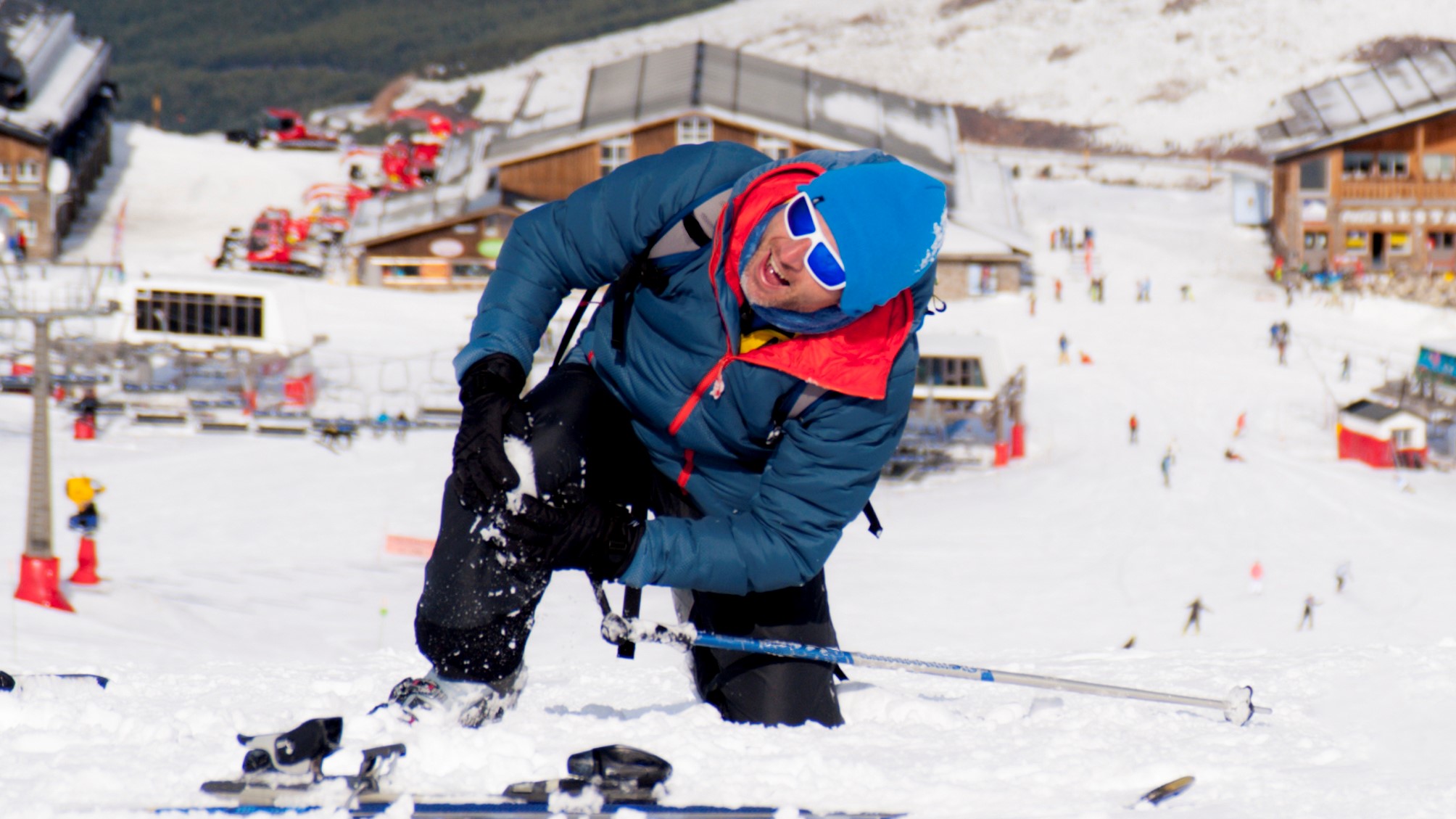
The 2016/17 ski season in Vail started out like any other. I got a new pair of ski pants and a season pass. It started snowing. I got excited. The first big snow day, as soon as I finished teaching my yoga classes for the day, I jumped on the gondola and hopped onto Faro Glade, a super fun, short run on a powder day that gets you to the back bowls. I was shrieking with delight for a couple of turns, then my left ski caught on something hidden beneath the snow, I was forcefully swung around and I felt the dreaded pop of my knee giving way and knew that after eight injury-free seasons, I had finally become a skiing cliche.
A trip to the hospital confirmed my suspicions – an ACL tear, meaning the force of the impact on my knee had severed the anterior cruciate ligament, one of the ligaments that connects thigh bone to shin bone. It took two surgeries, three years of rehab and a pretty intense retreat in India before I finally felt like myself again. Here’s what I learned, and what I’d do differently if it happened again.
1. Early season powder can be dangerous
If you’re a rad bro, you might be reading this thinking, duh, of course early season pow can be gnarly, but like seriously bro, this isn’t for you.
Early season powder can be super sketchy, but also really tempting because you haven’t skied powder in months! I was up in January, six weeks after the resort opened, and it’s not like I was the only person on the hill that day. But early in the season, or during a bad snow year, there just isn’t a good base down to properly cover hazards like trees and rocks that your skis can get caught up in. Stick to groomers until there’s a good base. Live to ski another day.

2. It might not look like a major injury
I knew I had done some serious damage the moment it happened, but because I wasn’t screaming in pain and I was able to bear weight and ski (gingerly), both my skiing partner and ski patrol said, hey, you can’t have done any real damage. Nonsense.
ACL tears aren’t particularly painful, unless they’re accompanied by other damage, nor do they present as especially traumatic injuries. They don’t prevent you from standing, walking or even skiing, so trust your gut and don't keep skiing if you think you’ve torn something. You could do more damage if you do.
3. Know your options
In a ski town such as the one I lived in, surgery is the go-to option. The entire community is founded on everyone being able to get out and enjoy the mountain, so there’s an entire industry of surgeons and physical therapists whose job it is to put you back together. But surgery isn’t the only option. Many people go on to live happy, healthy lives without an ACL. Groundbreaking research has been going on in Germany for years using stem cell treatment instead of surgery. Surgery itself includes multiple options. You can have your new ACL constructed using cadaver tissue or your own tissue, and that tissue could come from a hamstring tendon, patellar tendon or quad tendon. The best option for you depends on your age, activity level and surgeon. Know your options. Seek a second opinion.
All the latest inspiration, tips and guides to help you plan your next Advnture!
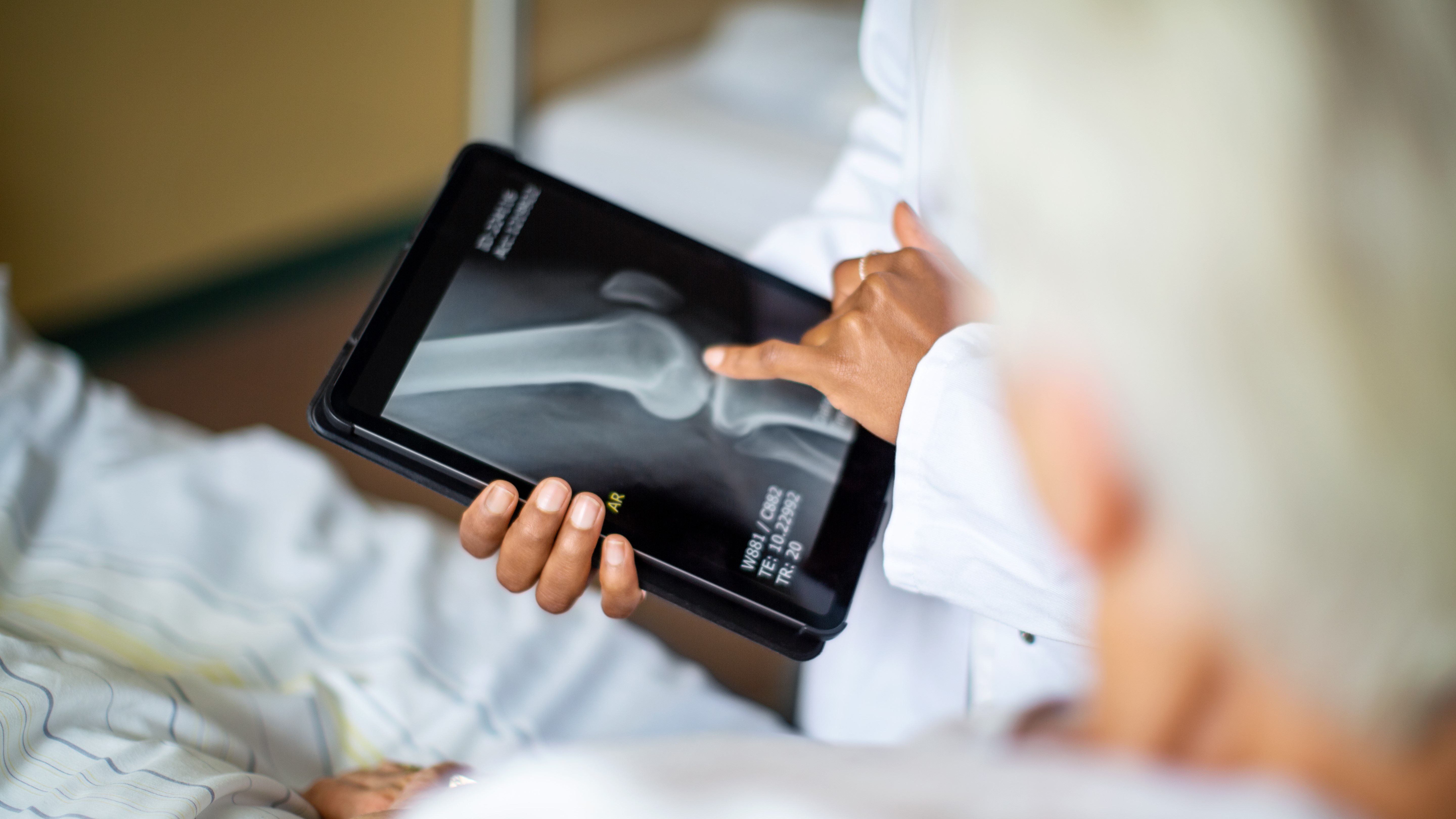
4. Just because it’s common, doesn’t mean it’s simple
One area where I and many before me have been duped is the idea that ACL surgery is no big deal. When you live in a ski town, practically everyone you meet has had at least one ACL repaired. In fact, it is one of the most common orthopaedic sports medicine procedures performed worldwide according to research in the Journal of ISAKOS. My surgeon confidently told me that had performed some 1500 of these surgeries over the years. All of this amounts to a common illusion that ACL surgery is simple, because it happens all the time.
It isn’t simple. ACL surgery is major surgery involving replacing tissue by drilling it into bones. If you use your own tissue, you essentially have two surgeries to recover from: the harvesting of your tissue and the grafting of it elsewhere. In my case, my own hamstring tendon was used, which meant that a tendon which crosses the very joint I was going to need to rehab was then further injured. It’s more controversial than the statistics would have you believe, and if I had to do it again I’d go quad tendon all the way, for whatever that’s worth.
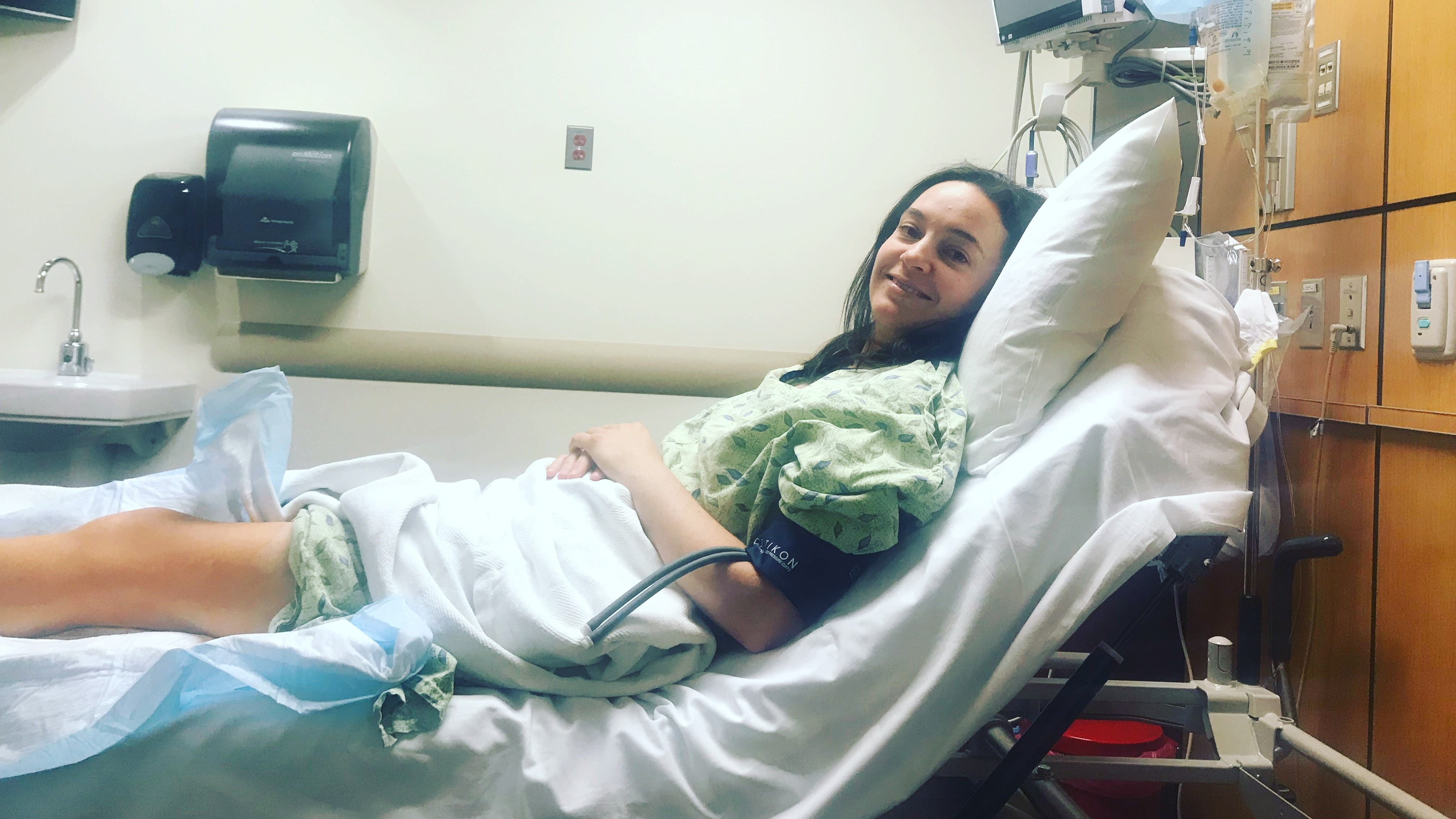
5. Seek help
You’re going to need a lot of support if you have surgery. You may not be able to bear weight for up to six weeks, which means you’ll be on crutches. That essentially reduces you to one functioning limb. Sure, you can crutch your way into the kitchen and make a bowl of soup, but how do you carry it to the table? You won’t be able to drive for a few weeks and you may be under the influence of painkillers and recovering from anaesthesia. You’ll need a small army of people to drive you to doctor’s appointments, bring you meals and provide friendship. Finally, don’t be afraid to seek out emotional support in the form of therapy – the psychology of injury is an important but overlooked field and your surgeon can’t see beyond your knee.
6. Healing is not linear
The optimist in you may think that as long as you do your PT, you’ll recover according to the linear timeframe given to you upon discharge from the hospital. Sometimes this is true. But the reality of recovery is more often a far more rocky road. The Mayo Clinic, like many medical experts, says recovery will take 8-12 months, but it could take far longer. There will be days when you feel like the worst is over and you’re ready to progress to jumping or jogging, only to find yourself taking two steps back the next day. Patience is everything.
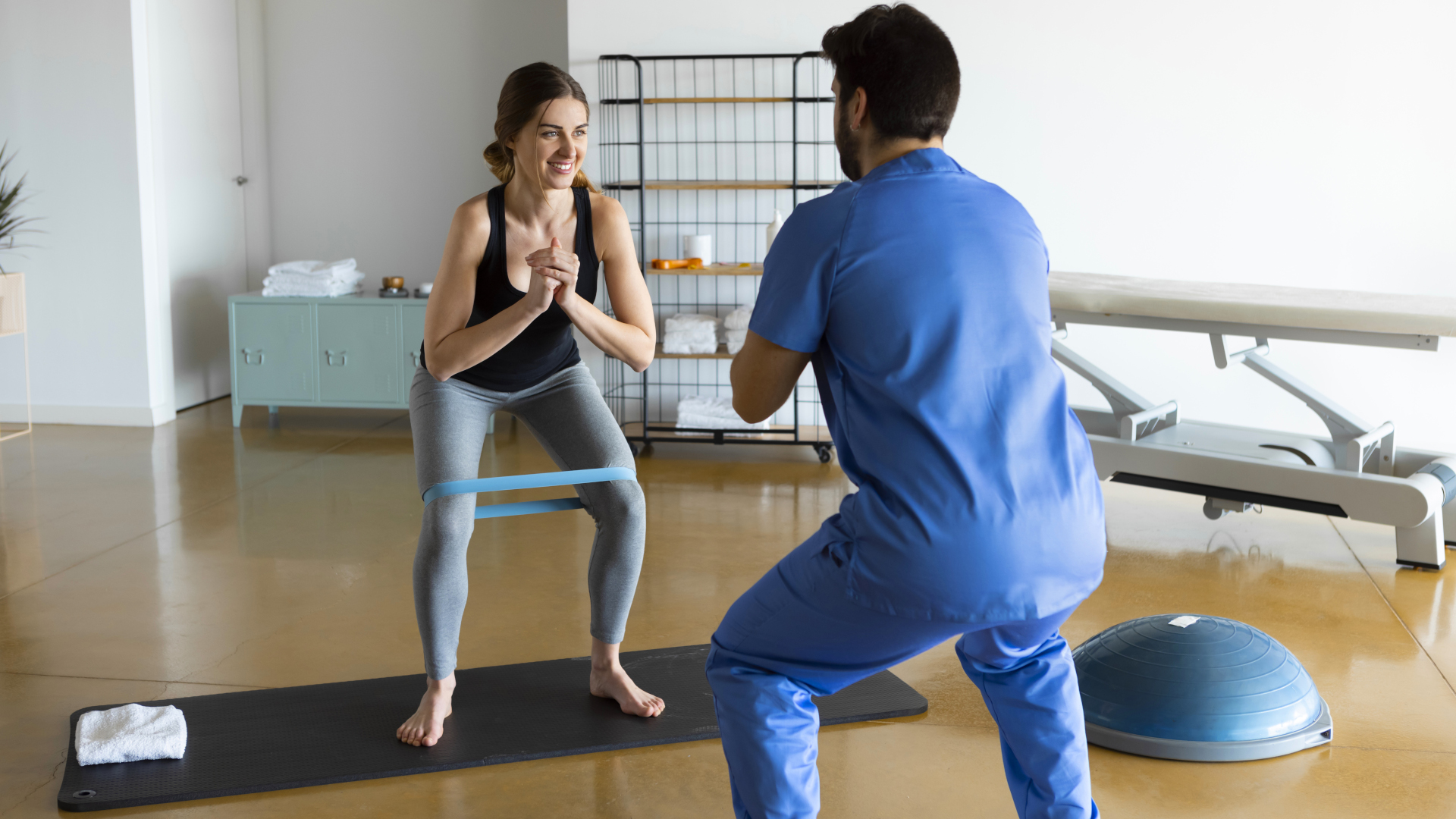
7. Pay attention to pain
Because I seem to have a decent capacity for pain, combined with a lot of years of meditation practice, oh, and the fact that I had major surgery so assumed pain was normal, I really didn’t speak up about my pain. I took pain meds for the first few weeks of recovery then just suffered in silence. Now I know that my pain levels were a sign of complications and if I’d spoken up earlier, I might have seen intervention sooner. Advocate for yourself, always.
8. No two stories are the same
My experience included two years of mysterious pain and disfunction, being unable to straighten my knee for undiagnosed reasons, and lots of head scratching from baffled medical professionals before a second surgery fixed things (shout out to Dr Cunningham from Vail-Summit Orthopedics here). I know people whose journeys made mine look like a literal cakewalk and others who seemed to sail through the whole process. Though it’s good to ask friends who’ve been through it about their experience and advice, know that no two journeys are the same and don’t take their experiences as proof of what yours will be.
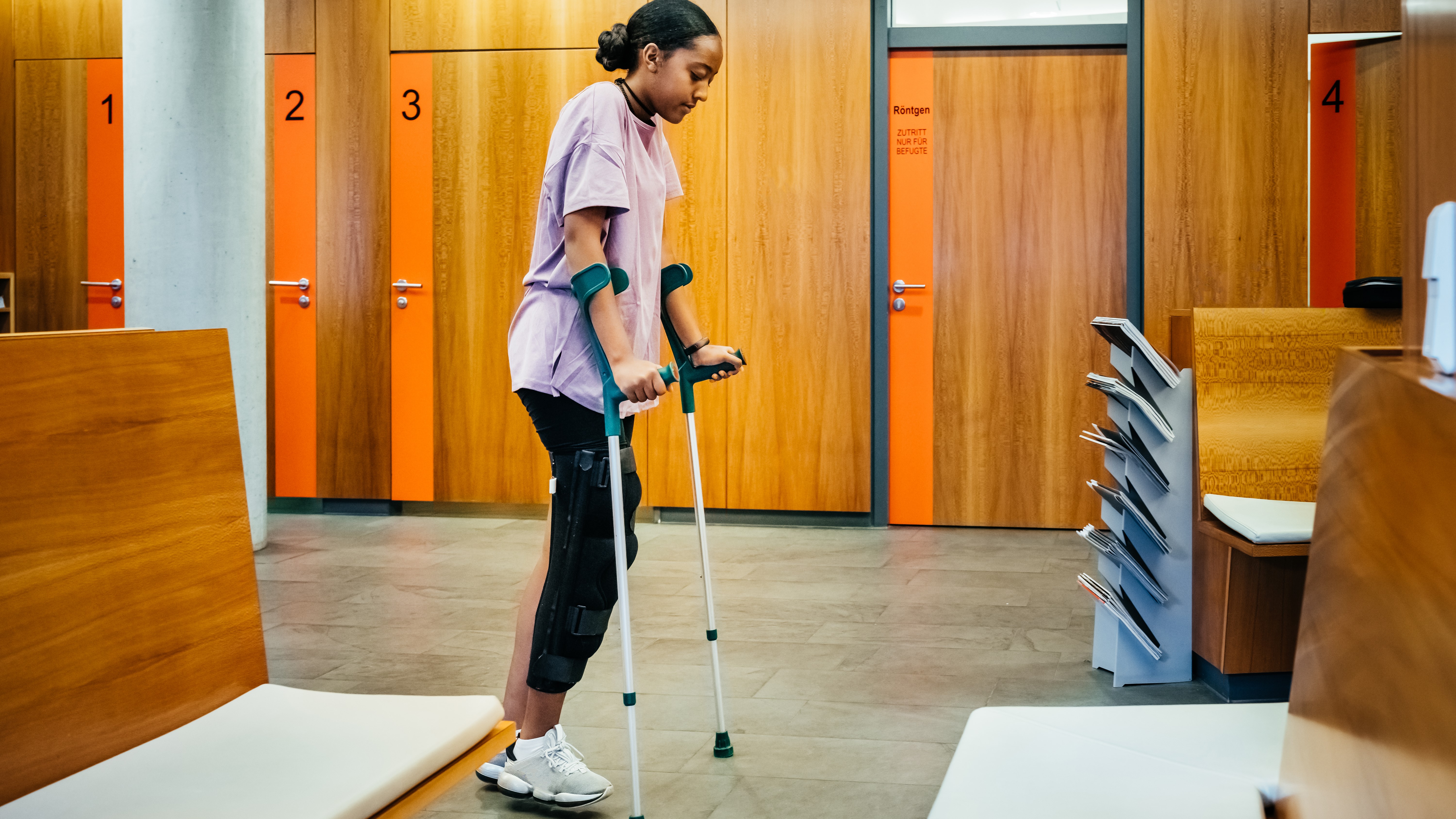
9. Take your physio seriously
Depending on your surgeon, you’ll be expected to be at your first physio appointment within 48 hours of surgery and then a couple of times a week for a couple of months. They’ll give you exercises that you’ll need to do every day. It’s intense and often mind numbingly boring work, but it’s crucial to your recovery. I couldn’t believe how quickly my leg muscles wasted away, and worse, after six weeks on crutches how difficult it was for me to remember how to walk properly. My PT at the time said she’s seen teenagers forget how to walk properly after only a few days on crutches, and honestly I still think my gait is a little off. Also, it’s good to know that, at a certain point, the exercises no longer provide any functional purpose and you have to just start doing things, like walking.
10. It sucks
About a year into my ordeal, I was bemoaning my circumstances to my friend Matt. After listening for what was probably a little too long, he asked “So, was it all worth it?”
He meant the skiing.
Skiing powder truly was one of my great joys for years, but when I look back, I can’t say it was worth the pain and the expense. Did I mention the expense? In addition to losing my physical fitness, not being able to spend time outdoors and the mental health impact, the whole thing was expensive. Even with health insurance, I ended the year a good $17,000 out of pocket, and if I had to put a price on a powder day, it wouldn’t be 17 grand. There are loads of other ways you can enjoy snowy mountains – on snowshoes for example – that are wonderful and lower the risk of ACL tears.
I’d love to tell you there are silver linings to the whole deal, and sure, it makes you grateful for what you’ve got and more appreciative of those with less able bodies. But honestly, not a whole lot of good comes out of an ACL surgery unless you happen to meet the love of your life in the waiting room, because you are a character in a Lifetime drama. In reality? The whole thing just sucks from start to finish.
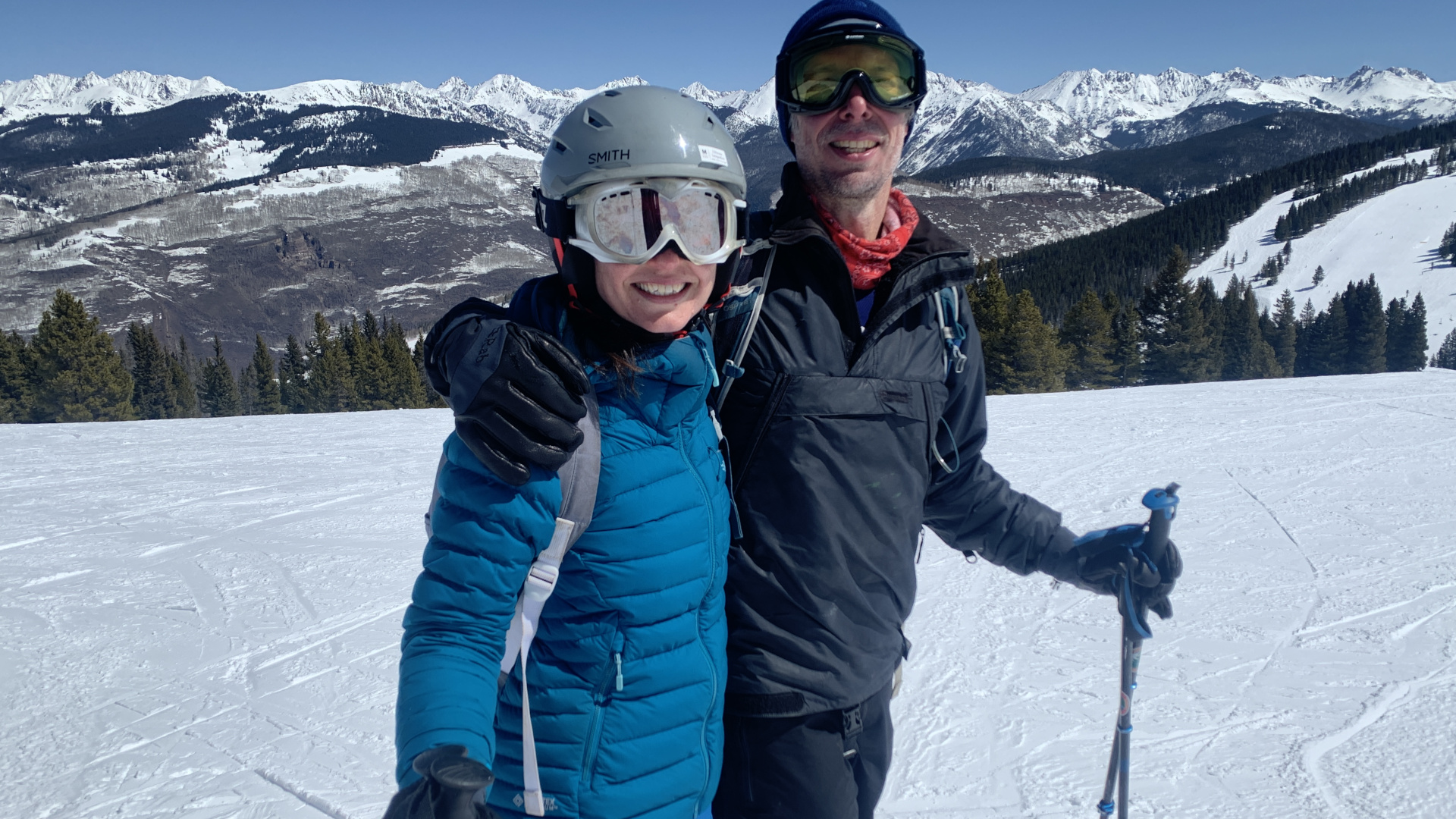
11. You can learn to love skiing again
Despite what I just said, the drama usually comes to an end. You will probably get a pretty well-functioning knee and not have much or any pain after a while. And even if you’re really afraid of skiing, you can learn to love it again.
I thought it was the end of my love affair with skiing, but in February 2022, five years after my first surgery, I was at the Fort William Mountain Festival on a press trip and a blizzard blew in. My media contact was really keen for me to check out a local ski resort, so I swallowed my fear and doubt and headed up to Nevis Resort, planning on a one-and-done deal.
Riding the chairlift and looking down at all the skiers struggling in the deep snow (powder, it turns out, is not a common phenomenon in the Scottish ski industry) and I don’t know if I’ve ever been so afraid in my life. But the moment I started skiing, it all came flooding back. How good it feels to float through powder, how magical it all is. It wasn’t $17k worth of fun, but I enjoyed it enough to be skiing again. In fact, I hit the backcountry the following week for some mellow backcountry skiing, and by April I was back on the slopes of Vail. I will never, ever recklessly ski early season powder, but I assure you that you’ll find me cruising some groomers for years to come.
- The best ski gloves: keep your hands warm and snug on the slopes
Julia Clarke is a staff writer for Advnture.com and the author of the book Restorative Yoga for Beginners. She loves to explore mountains on foot, bike, skis and belay and then recover on the the yoga mat. Julia graduated with a degree in journalism in 2004 and spent eight years working as a radio presenter in Kansas City, Vermont, Boston and New York City before discovering the joys of the Rocky Mountains. She then detoured west to Colorado and enjoyed 11 years teaching yoga in Vail before returning to her hometown of Glasgow, Scotland in 2020 to focus on family and writing.

